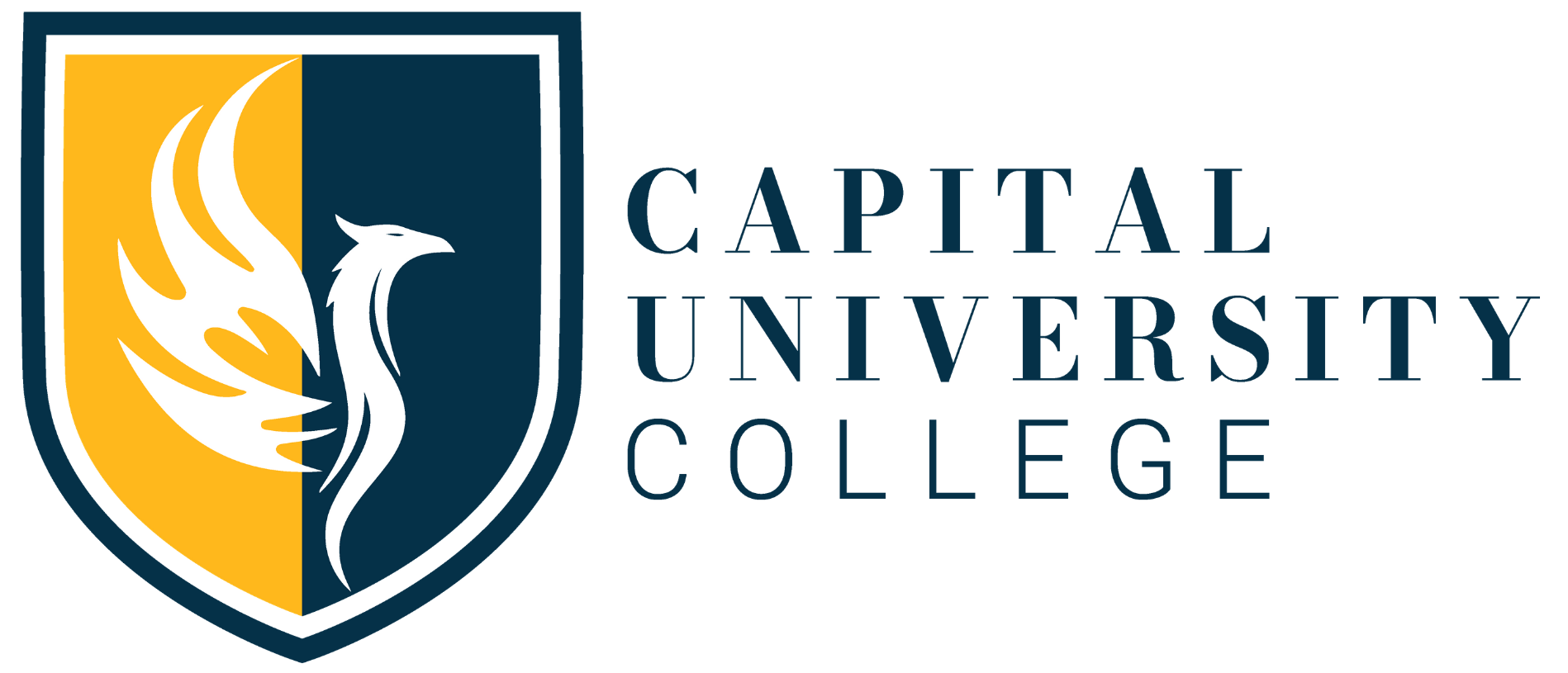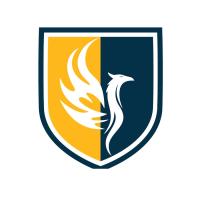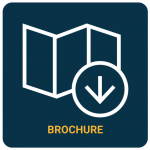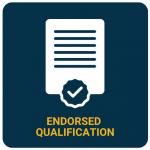Professional Diploma in Fashion Design
Fashion rapidly changes every week, every day. There is always new demand, new creativity, new fashion trends, new designers. If fashion is or was your hobby, give it a new dimension by pursuing your professional education in this area. Passion, inspiration and a strong sense of design are key components in the career of a fashion designer, but formal education paves the way for success in the competitive field.
Most programs offer opportunities in fashion design and fashion merchandising, but the wide career potential of fashion design graduates does not end there. A wide range of skills are used in a number of employment options in the fashion industry, so there are more than one “type” of students studying fashion design. Professional Diploma in Fashion Design is specifically designed to develop a breadth of understanding of the fashion industry and to provide a broad foundation for students from which they can determine which branch of the industry their personal talents are most suited to.
Why study Fashion Design from Qualifi at Capital University College?
- London College of Arts (LCA) is an award-winning design school offering Qualifi endorsed qualifications
- Graduates receive both local and international diplomas, which are recognised worldwide.
- Regular workshops, seminars and masterclasses.
- During the program students will get a chance to get a short-term internship in different events arranged by either Capital University College or other third-parties.
- Creative and innovative teaching approaches.
Endorsement
The Professional Diploma is Endorsed by Qualifi, UK and certified by the London College of Arts, UK. Course Content
Course Content
Unit 1: Design Exploration in Fashion
Students will be encouraged the investigation of materials and experimentation with a variety of media, through personal enquiry and discovery. The unit allows learners to develop research techniques through exploring and developing design ideas.
To achieve this module the student must:
- Explore and experiment with the formal elements of fashion design through illustration
- Develop and expand visual awareness imaginatively and creatively
- Analyze and interpret visual research effectively
- Adapt ideas for creative exploration in work efficiently and imaginatively.
Unit 2: Techniques and Processes in Fashion
Students will receive an introduction to the technical skills required in pattern and garment production. Learners will learn the fundamental pattern construction processes required and will apply these to produce patterns for their own design work. Learners will learn about manufacturing processes and how to apply these to produce garments.
- To achieve this module the student must:
- Apply pattern construction processes to interpret garment designs effectively
- Apply garment manufacturing processes to interpret garment designs effectively
- Use technologies and associated equipment correctly for pattern and garment manufacture
- Evaluate the use of pattern construction and garment manufacturing processes
Unit 3: Production Techniques
This unit will introduce learners to a range of industrial equipment used in the clothing industry and enable them to develop techniques required for garment manufacture. The unit provides essential skills and understanding of the basic principles required to produce sample garments.
To achieve this module the student must:
- Apply understanding of industrial equipment to develop manufacturing skills
- Construct an accurate calico toile for an identified garment
- Produce a well-finished garment accurately and effectively
- Evaluate use of industrial equipment and the finished garment.
Unit 4: Pattern Drafting
This unit will introduce learners to the principles of pattern drafting through block construction and pattern manipulation. Having completed this unit successfully, learners will have the basic skills required to progress to creating patterns from their own and others ‘working drawings.
To achieve this module the student must:
- Create a set of basic blocks
- Develop and expand understanding of dart and seam manipulation
- Produce a full scale pattern from a working drawing
- Evaluate the full scale pattern
Unit 5: Fashion Environment
This unit gives the learner an understanding of the relationship between fashion marketing and design and the importance of these two elements to business strategy and as a means to competitive advantage in an industry characterised by change. The unit will introduce fashion
marketing theory and practice and their relevance to the fashion industry.
To achieve this module the student must:
- Analyse and interpret the basic principles of marketing in a fashion context
- Gain awareness of the environmental factors which influence the fashion industry’s
- marketing policies
- Investigate, analyse and evaluate marketing strategies adopted by the industry
- Apply the principles of fashion marketing planning.
Unit 6: Realizing a Fashion Collection
In this unit, learners will have the opportunity to design and realize their own fashion collection. This gives learners an appreciation of the role of the designer and an understanding of different market sectors, production methods and their related constraints. The unit integrates a variety of complex skills and knowledge to realize innovative and complex designs.
To achieve this module the student must:
- Design an innovative collection to a self-identified theme
- Develop a range of garments using information from fashion predictions and trends to inform design solutions
- Demonstrate synthesis of knowledge, skills and understanding to realize designs
- Present, analyse and evaluate their own work.
Unit 7: Textile Study
The unit aims to develop an understanding of the relationship between textiles and design. It allows the students to explore creative pathways through textiles and the use of textiles in the design process.
To achieve this module the student must:
- To identify textiles through a basic understanding of fabrics and textile construction methods.
- To develop an understanding of textile properties and their appropriate use.
- To encourage the students to explore surface decoration and knitwear as a source of design inspiration and development
Unit 8: History of Fashion
The history of fashion covers women‘s, men‘s, and children’s fashion and the influence of and changes in fashion from the 15th century to the present day.
Entry Requirements
Admission into the Professional Diploma in Fashion Design program is open to students of all nationalities with respect to the submission of the following requirements:
- Copy of the high school graduation certificate or equivalent from a recognized institution.
- Complete Application form with 3 color passport – photographs
- Clear passport copy or other photo identity copy
- Students must have a good command of spoken English and own a laptop
Mature students: Students above the age of 21 may enter directly into the program.
To find out about the entry requirements for this programme, kindly call +9716 5599489 or please send an email to admissions@capitalcollege.ae
Progression
Graduates of the Professional Diploma in Fashion Design from Qualifi may move into the Advanced Professional Diploma in Fashion Design.






